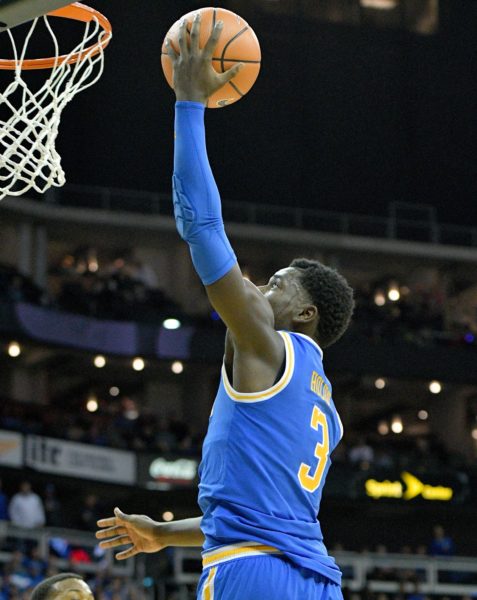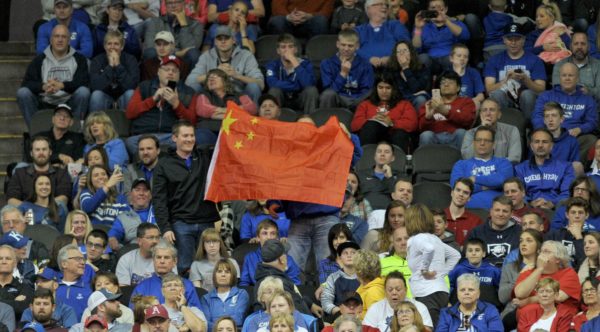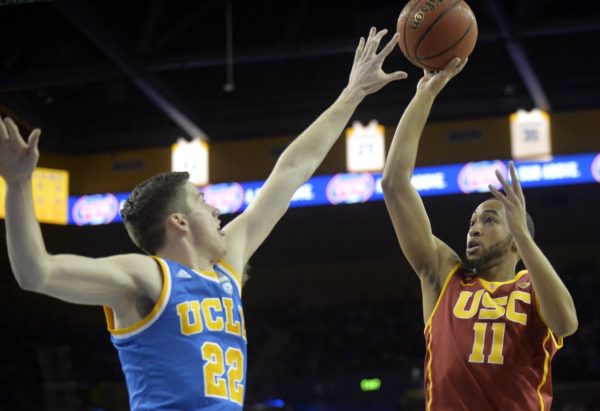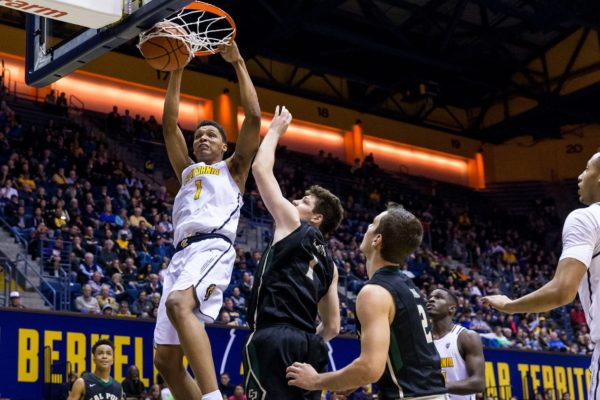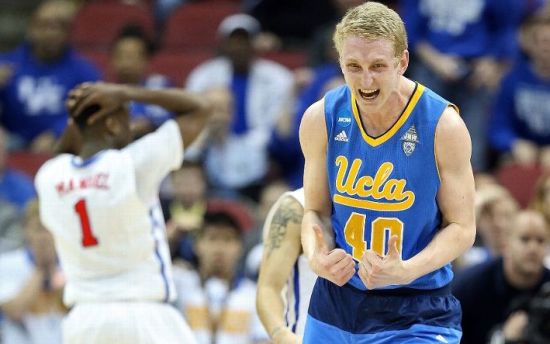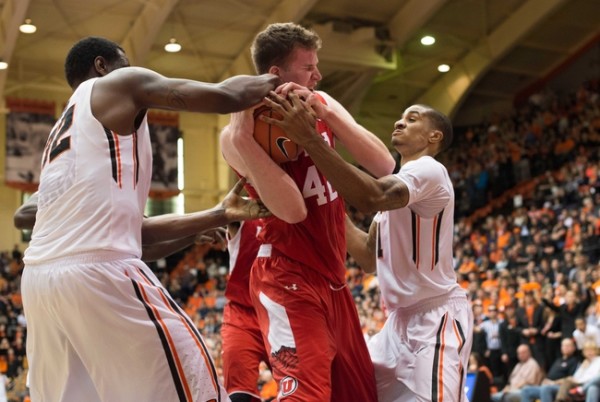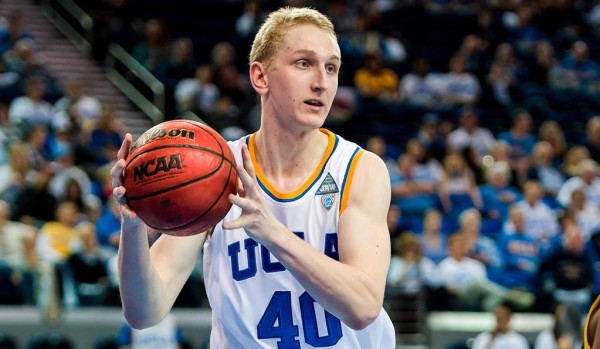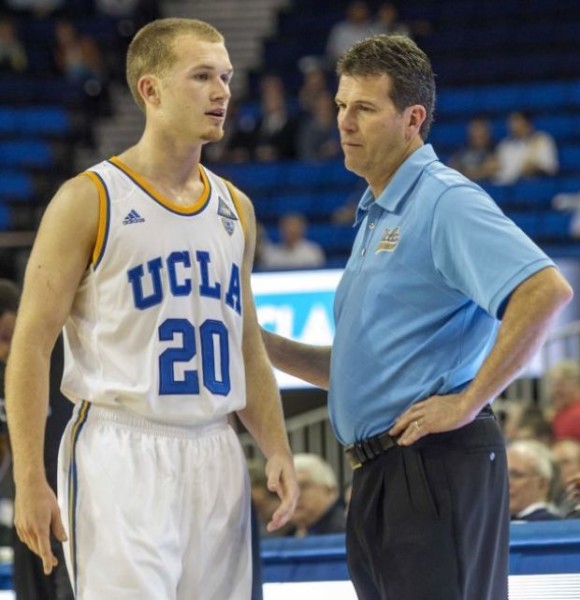How Long Can UCLA Last Without More Depth?
Posted by RJ Abeytia on November 21st, 2017So UCLA is already four games into its season and its 3-1 start has been reduced to a footnote while Lavar Ball and President Trump usurp air, airtime and attention better spent on literally any other aspect of human life by any other humans on the planet. Bringing the focus back on to the court, however, the real questions begin for a team that is now down three scholarship athletes. What we know through those four games, though, is that the Bruins’ rotation is not so much a rotation as essentially a half-dozen players head coach Steve Alford either trusts or is forced to trust. Players in the former category include returnees Thomas Welsh and Aaron Holiday. Both were given relative siestas in playing 26 and 32 minutes, respectively, in the Bruins’ rout of South Carolina State, but Holiday played at least 35 minutes in UCLA’s three more competitive games against Georgia Tech, Central Arkansas and Creighton, while Welsh logged major minutes as well when he wasn’t in foul trouble (Creighton).
This grinding down of two players who will have to perform all season is clearly not sustainable, and it is the strongest indication yet that LiAngelo Ball, Cody Riley and Jalen Hill will likely not be held out for the entire season. The Bruins’ loaded freshman class fortunately includes two standouts — Kris Wilkes and Jaylen Hands — who refrained from jacking sunglasses in China, and both are already establishing themselves as indispensable cogs in the UCLA “rotation.” Even in a loss, not much changed against Creighton on Monday night. Holiday was superb, scoring 25 points on 11 shots and dishing out seven assists against one turnover. Although UCLA exhibited a fairly balanced eight-man rotation, five of those players were underclassmen and three of those five are freshmen. The Bluejays took full advantage of that defensive inexperience, putting up an Offensive Rating of 119.0 on the evening that included 11 three-pointers.





























